Phrabat Somdej Phra Monkut Klao Chaoyuhua Museum
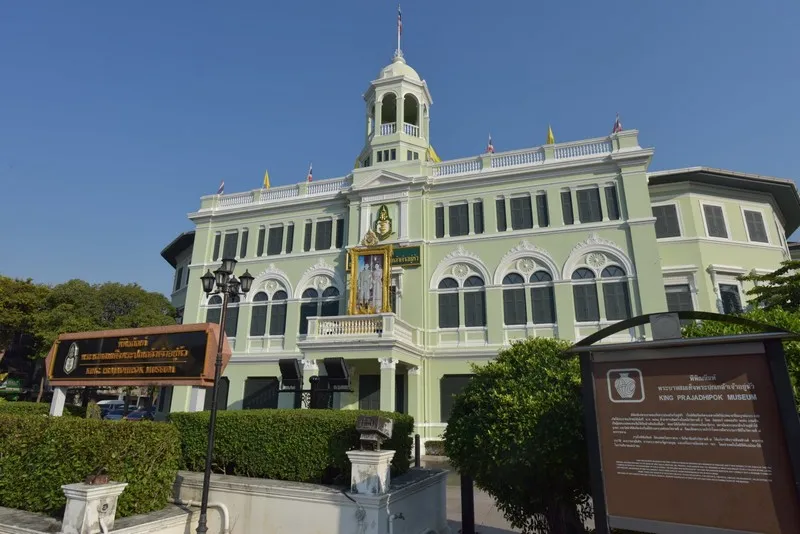
Rating: 3.8/5 (4 votes)
Nakhon Pathom attractions
Attractions in Thailand
Operating day: Monday - Sunday
Operating time: 09.00 - 16.00
Phrabat Somdej Phra Monkut Klao Chaoyuhua Museum Phra Pathom Chedi, Muang Nakhon Pathom, Nakhon Pathom. Located a few kilometres on the West of Phra Pathom Chedi, the venue occupies about 355 acres.
The palace was constructed by King Rama VI’s command in 1907 when he was the Crown Prince. Phraya Silprasit supervised the construction which, in the beginning, there were two halls:
Phra Thinang Phiman Pathom and Phra Thinang Aphirom Reudi, both halls were granted names on August 27, 1911. Later, the Ratanasingh altar that was housed in Samakki Mukamat Hall was adorned with the royal umbrella on June 7, 1923.
The construction of this palace was inspired by the renovation of Phra Pathom Chedi which was to the satisfaction of King Rama VI. Due to its magnificent landscape, the King saw Nakhon Pathom as an ideal place for a leisurely stay.
Furthermore, King Rama VI also strategically saw that Nakhon Pathom had the ideal terrain capable of deterring enemy invasion using the river as their route.
This could be a consequence from the Rattanakosin Era Year 112 incident, whereby French troops anchored their battleships at the mouth of the Gulf of Thailand blocking the way out and King Rama VI did not want it repeated.
He also intended to converted Sanam Chan Palace to be the heart of the second capital should a crisis again develop.
Sanam Chan Palace covers a vast area with a big court in the middle, surrounded by ring roads, and canals on the outer perimeter. The beautiful halls that located in the middle of the Palace include:
Phiman Pathom Hall The first hall built in the Sanam Chan Palace, it is of European architecture, a two-storey building in which King Rama VI resided before his ascension to the throne.
There are several rooms in the hall including His majesty’s bedroom, bathroom, dining room, and dressing-room among others. In this hall, on a two-metre teak bench, King Rama VI saw a miraculous vision of the Phra Pathom Chedi, later this hall was called “Phra Thinang Pathihan Tassanai” (the hall in which the King saw the miracle).
At present, the bench is located in front of the Phutthaisawan Hall in the National Museum. As for the Phiman Pathom Hall, it is now a part of the Nakhon Pathom City Hall.
Apirom Reudi Hall It is a two-storey hall located in the south of Phiman Pathom hall. At present it houses the offices of the Nakhon Pathom City Hall.
Vatchari Romya Hall A two-storey hall built in Thai architecture: multi-layered roof with colourful tiles on the turret; with a swan-like finial on the roof ridge, representing the head of garuda and small finials jutting out of the 2 corners of the gable. When King Rama VI accessed to the throne, it was his temporary residence. Presently, it is a part of the City Hall.
Samakki Mukmat Hall A Thai style hall which is raised one-metre above the ground with two staircases running down on both sides. It is connected to the Vatchari Romya Hall through a door.
King Rama VI used as a meeting room and where he holds court. Furthermore, the hall was also used as a Khon theatre (Khon is a Thai play performed by mask-wearing dancers).
When Khon was performed, performers could stage their performances on the surrounding three terraces as well as on the stage. There are two other theatres which are similar: Suan Misakawan theatre and Vachiravut School’s auditorium. At present, this hall is a meeting hall of Nakhon Pathom province; it is also used to hold other provincial ceremonies.
Phra Tamnak Chali Monkon-asna Located nearby in the Southeastern direction, the two-storey building is of European architecture, is plastered in caramel-yellow, with roof tile in red. It was used as a temporary residence of King Rama VI when there were Suer-Pah Unit missions involved.
Phra Tamnak Mari Ratchrat Banlang This is a two-storey red-painted wooden building and is opposite to Phra Tamnak Chali Monkol-asna and are connected via a walk way. This walk way resembles a bridge with a roof, walls, and windows as the entire height of the walls.
Phra Tamnak Tabkaeo This is a small building that used to be a temporary residence during winter time. At present, after a renovation, it is a residence of the Deputy Governor of Nakhon Pathom.
Within the building, there is a fireplace and on the wall is a black and white portrait of King Rama VI on a slate of white marble. Around 450 Rais (180 acres) of land to the rear of the building is now the campus ground of the Silpakorn University.
Phra Tamnak Tabkwan A teak building with a palm leaf roof situates on the opposite side of the road from Phra Tamnak Tabkaeo, a little further away from Phra Tamnak Mari Ratchrat Banlang.
Under the royal command of King Rama VI, the teak building was constructed to preserve traditional Thai architecture. It is also used for merit-making and sometimes classical Thai performances would also be held at this building.
Thevalai Kanaesuan or Phra Pikkanesh Shrine It was built to house the image of Ganesh, the Indian God of arts. The shrine is located in a large field, in front of the Sanam Chan Palace and is in the centre of the Palace compound. The shrine is deeply revered and is considered the sacred symbol of Sanam Chan Palace.
Ya-Lei Monument This is an actual size iron cast figure of King Rama VI's dog, Ya-Lei. It was a hybrid dog born in the Nakhon Pathom prison and the found it during a site inspection. Smart and loyal dog, it was much loved by The King so much it brought envy that later killed the royal pet.
In his great grief King Rama VI ordered a cast of Ya-Lei’s copper statue on a pedestal in front of Phra Tamnak Chali Monkol-asna. Also, the King composed a poem to celebrate Ya-Lei, which was inscribed just below the sculpture.
Additionally, there are residential buildings in the Sanam Chan Palace compound that housed the King’s staff. Some of the buildings are run-down while others are still in good condition.
Chao Phraya Ramrakop’s residence, then called “Tab Charoen”, is one of the buildings that is still in good condition which, at present, houses the office of the Nakhon Pathom Public Health.
Sanam Chan Palace is the most favourite palace of King Rama VI, judging from his frequent visits. His stays were always at the same time as the military exercises of the Suer Pah Unit.
The King would always inspect the Unit and also command the Unit’s exercise. At present, the buildings that were built to serve the Suer Pah Unit, such as the living quarters of the Suer Pah Cavalry Unit and Ranger Unit, and a Suer Pah hospital, can still be seen.
Currently, part of Sanam Chan Palace is under the responsibility of Silpakorn University and Nakhon Pathom Province.
Comment
| Keyword (Advance) |
 Region
Region
|
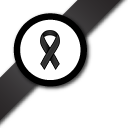

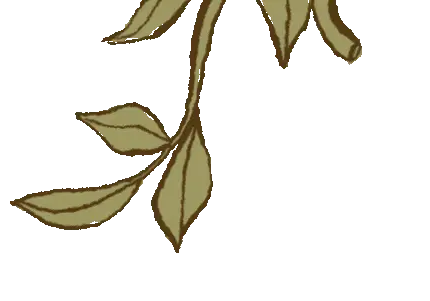


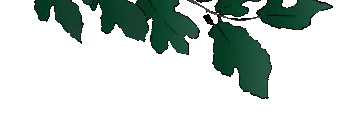


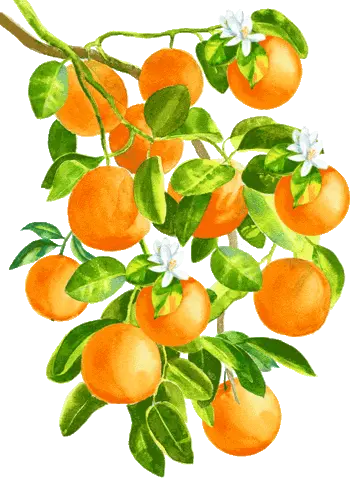
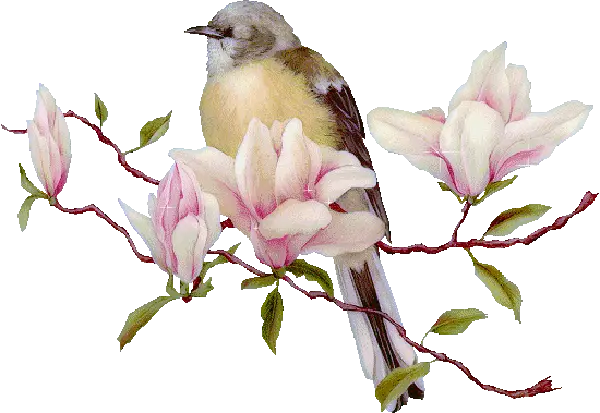
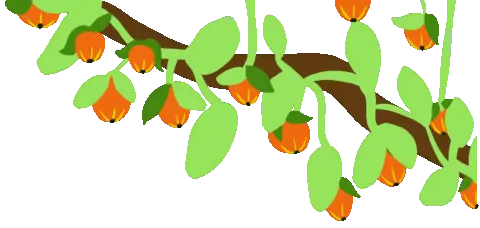
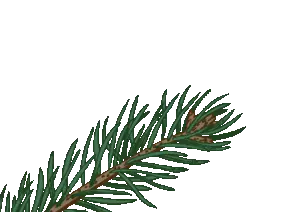
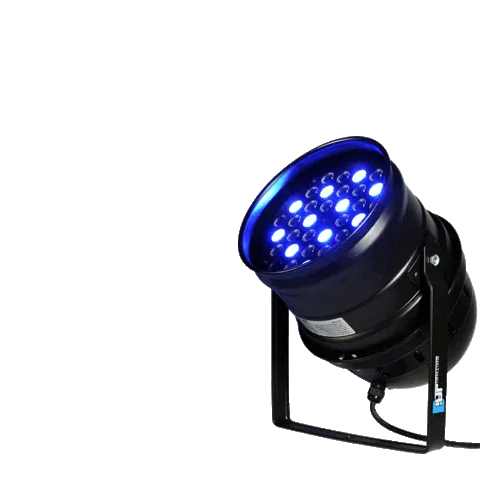

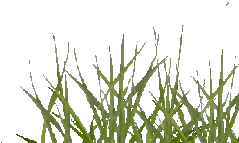

 Category:
Category:  Group:
Group: